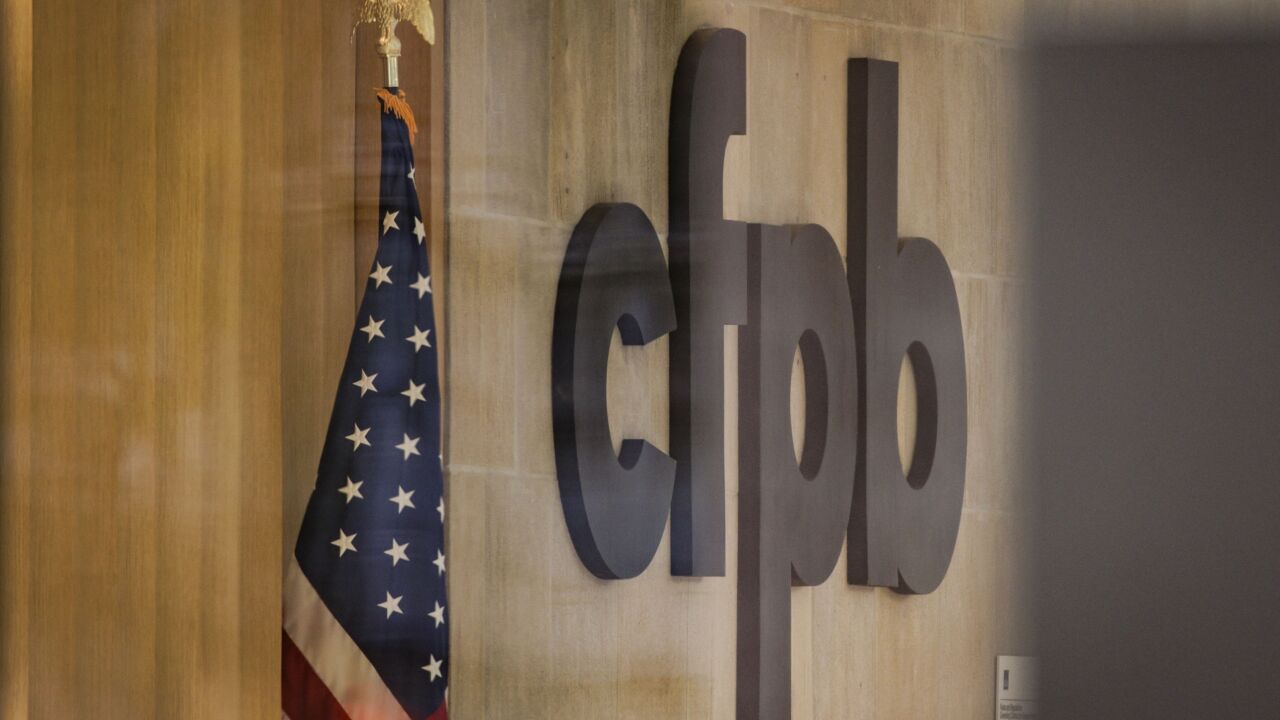Wells Fargo & Co. said Tuesday that it had repaired computer problems that led to widespread outages and prevented many customers from gaining access to their accounts.
Some problems lingered Tuesday, the San Francisco bank said, including an inability to provide real-time balances to some customers.
Wells would not say what triggered the outage nor how many customers were affected, though spokeswoman Julia Tunis wrote in an e-mail that it probably was not due to an external security breach. That, she wrote, "would be going down the wrong path."
The problems began Sunday afternoon, affecting Wells Fargo's online banking site; automated teller machine network; debit system; automated clearing house payments; wire transfers; remittances; and the processing of applications for mortgages, home equity lines, and student loans.
ATM access through other banks' ATMs was also interrupted for some customers, Wells Fargo said.
The company said it was able to restore online banking capabilities within an hour and 40 minutes on Sunday, though other services, including the ATMs, were down longer. Some customers could use ATMs only for basic transactions, such as deposits and withdrawals.
By late Tuesday morning, Wells said, all customer transactions could be conducted, but overnight processing had yet to be completed, and some customers might continue to see their Friday's balances until later on Tuesday.
James Van Dyke, the principal and founder of Javelin Strategy and Research in Pleasanton, Calif., called the outages "sporadic."
"We haven't heard that the whole system was down," Mr. Van Dyke said. He has several Wells Fargo accounts, he said, and had no problem gaining access to them or making routine transfers Monday.
Analysts speculated that the problem may have been in either Wells Fargo's core processing system or its network communications.
Bart Narter, a senior analyst at Celent LLC in Boston, said that Wells' inability to provide current balances was a sign of problems with the core; he speculated that the problem might be with the core banking hardware, not the software running on it.
"If it were a data network issue, when the data network came back up, balances would be current," he said. "The fact that Internet banking was down for only one hour and forty minutes, while other systems were down much longer also indicates that the data network was up and problems lie elsewhere."
However, M. Arthur Gillis, the president of Computer Based Solutions Inc. in Dallas, said the problem was probably related to network communications issues.
"It had to be the network problem that affected all the online communications," he said. "An ATM is online, Internet banking is online, branch teller systems are online. All those systems rely on a massive system of communications. And if the whole communications went down, it would cripple the entire customer-sensitive part of the system."
Robert Hunt, a research director at TowerGroup Inc., an independent research firm owned by MasterCard Inc., also speculated that network issues could have triggered the problems. Both loans and deposits were affected, he noted, and typically those two "run on different applications." A core problem could affect either one but not both, he said.





